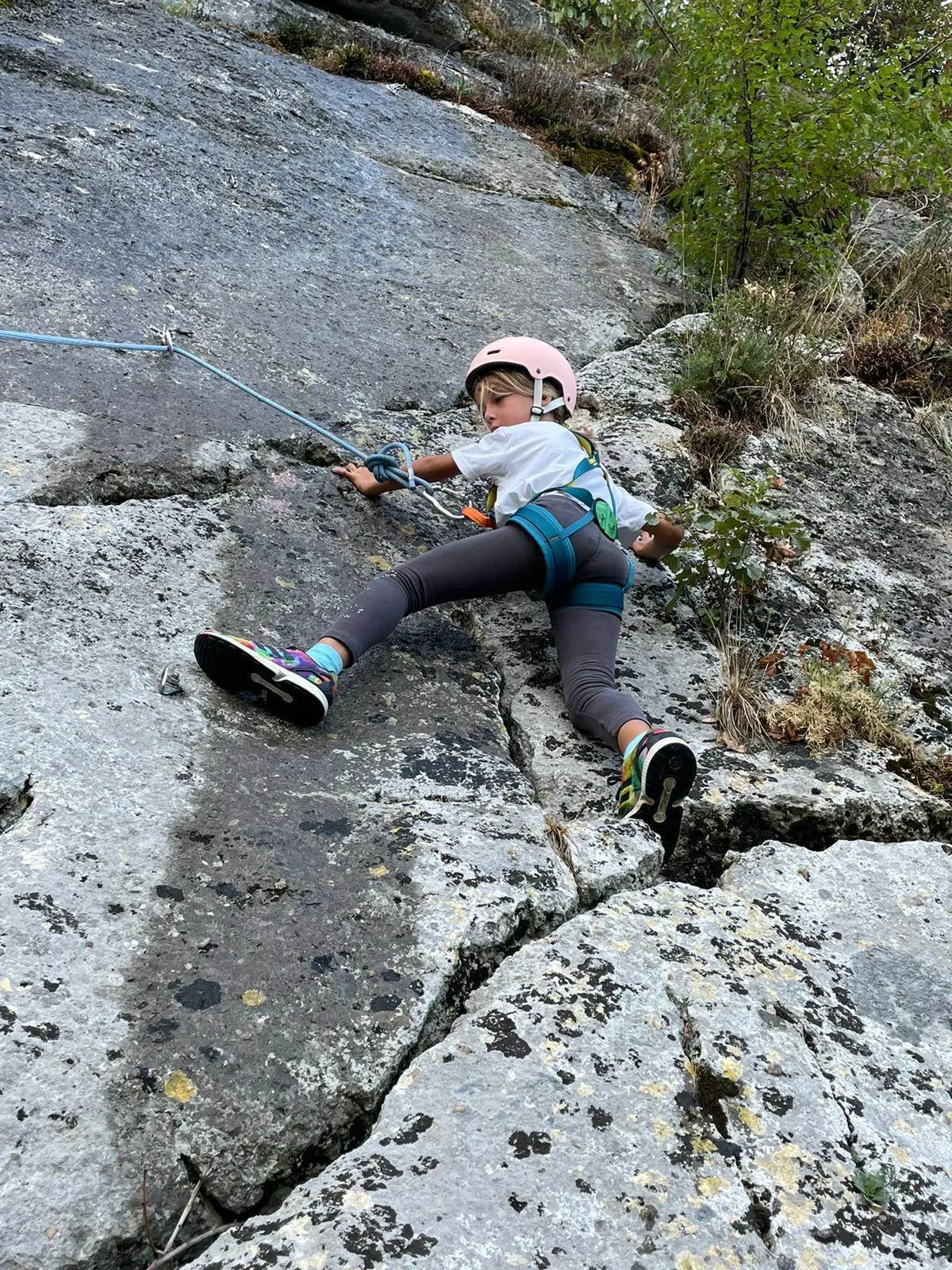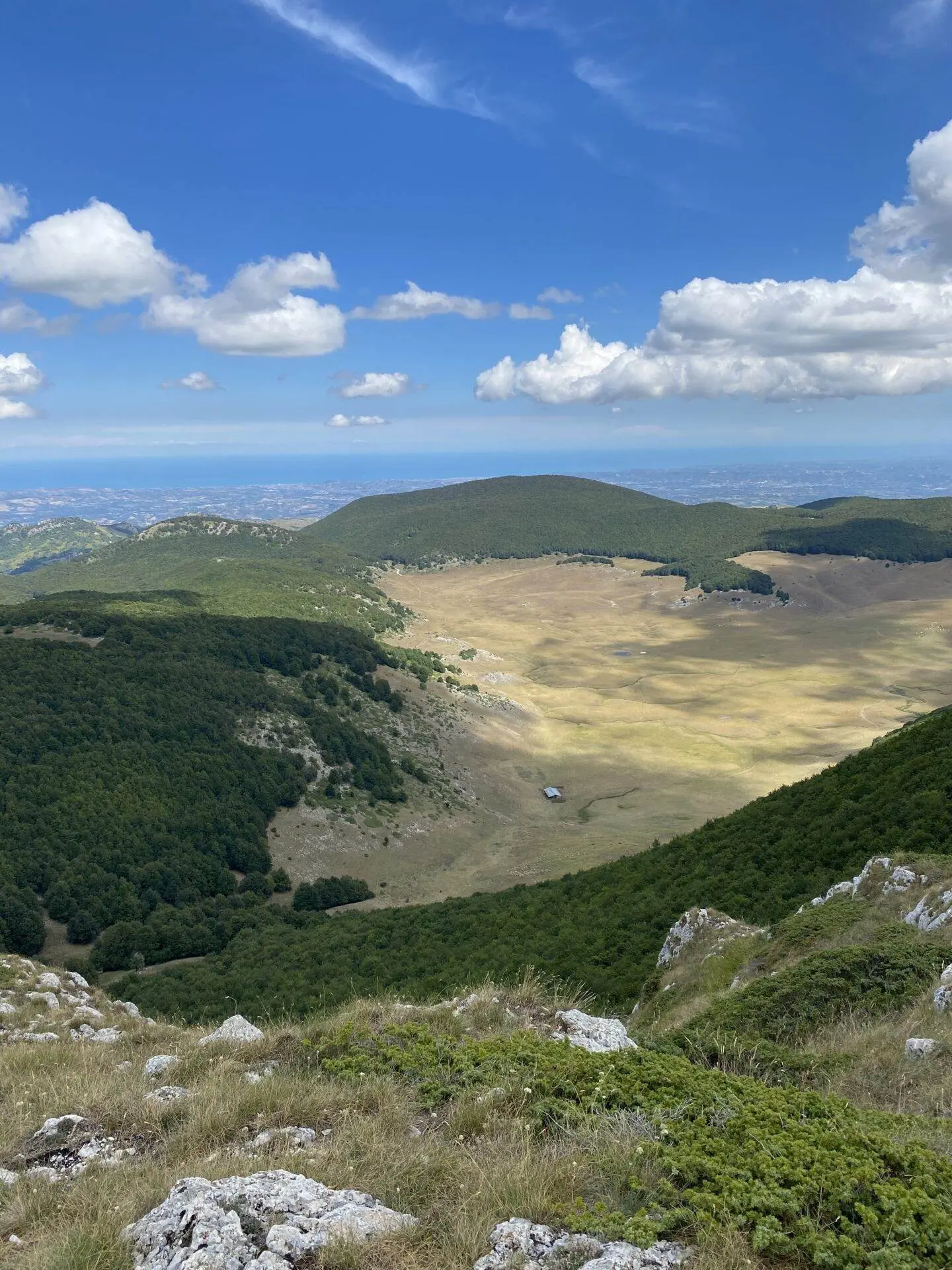Voltigno and Valle D'Angri Reserve
The thousand colors of autumn in an uncontaminated area
The Reserve
The Voltigno and Valle d’Angri Regional Reserve extends between the Aquila and Pescara slopes of the Gran Sasso.
It was established in 1989 and is included in the Gran Sasso-Monti della Laga National Park.
It protects 5,172 hectares in the municipalities of Brittoli, Civitella Casanova, Carpineto della Nora, Farindola, Montebello di Bertona, Ofena, Villa Celiera and Villa Santa Lucia.
The heart of the Reserve is the Voltigno plateau, at an altitude of about 1400 metres, and the Vallone d’Angri. The best time to visit is from spring to autumn. If in the foothills there is a spontaneous recolonization of thermophilic vegetation, in the Vallone d’Angri the variety of trees and shrubs is even richer.
The Angri Valley, crossed by the Tavo river, offers an extraordinary natural landscape between Monte San Vito and Monte Bertona, a green valley at the confluence of the ridges of the S.Vito and Bertona through which you can reach the Campo Imperatore plain and the Voltigno plain.
The Piana del Voltigno, surrounded by a splendid beech forest, is connected to the south-west with the Angri Valley where the Tavo river flows, flowing impetuously into the cave called the Mouth of Hell for then form a cascade about 30 meters, the Cascata del Vitello d’Oro, which during the floods of the spring, after the snow melts or during particular rainy periods releases the excess water forming the jump. The cave of the mountain salamander, typical of the Vestina area, and the faunal area of the chamois or Apennine chamois, a subspecies of chamois quite distinct from the Alpine and Pyrenean ones, and considered by all to be the most beautiful in the world, are worth a visit.
In the Canalone di Fonno you can find Tiglio, Tasso, Frassino and Carniolo. Specimens of rowan and hawthorn appear in the clearings. The floristic heritage which includes the Gentian, the Anemone of the Apennines, the Narcissus poeticus and the Gymnadenia conopsea, a spontaneous orchid, is interesting. A rich faunal presence is added to the plant heritage. Worth mentioning: the roe deer, the wolf, the stone marten, the weasel and the squirrel. There are numerous birds of prey: the golden eagle, the peregrine falcon, the buzzard.
Destination for foliage enthusiasts in autumn when the maples turn a thousand shades of red, cross-country skiers in winter, hikers or lovers of simple and relaxing walks picnic in spring and summer. It offers the opportunity to practice sports such as hang gliding, paragliding, climbing and bird-watching.


